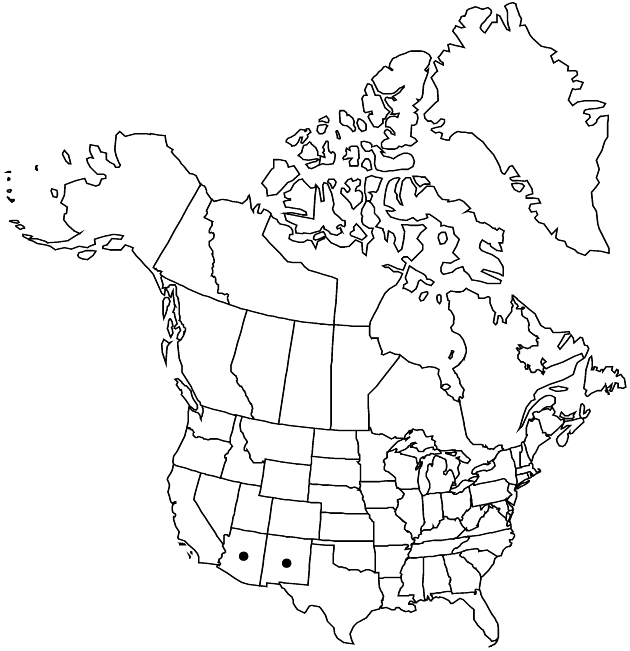Hieracium pringlei
Proc. Amer. Acad. Arts 19: 69. 1883.
Plants 20–45+ cm. Stems proximally usually piloso-hirsute (or lanate, hairs 5–8+ mm, usually curled and tangled), sometimes nearly glabrous, distally piloso-hirsute (hairs 1–2+ mm) and stellate-pubescent. Leaves: basal (2–)3–8+, cauline (0–)3+; blades elliptic or spatulate to oblanceolate, lanceolate, or lance-linear, (35–)50–120(–200+) × 10–25(–40+) mm, lengths 2–5(–10+) times widths, bases ± cuneate, margins usually entire, rarely toothed, apices obtuse to acute, faces (proximal leaves) piloso-hirsute (to lanate, hairs 1–3+ mm; distal leaves often ± glabrate). Heads 3–12(–20+) in corymbiform arrays. Peduncles usually stellate-pubescent and stipitate-glandular. Calyculi: bractlets 3–5+. Involucres campanulate, (7–)8–9 mm. Phyllaries 12–15+, apices rounded to acute, abaxial faces stellate-pubescent and/or stipitate-glandular. Florets 12–15+; corollas yellow, 7–9 mm. Cypselae columnar, 2.2–4 mm; pappi of (40–)60–80, white or stramineous bristles in 2+ series, 4–5+ mm.
Phenology: Flowering Jul–Aug.
Habitat: Pine, oak, and pine-oak forests
Elevation: 2000–2300 m
Distribution

Ariz., N.Mex., Mexico, Central America (Guatemala).
Discussion
Selected References
None.